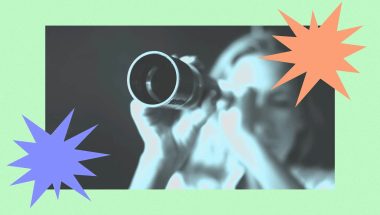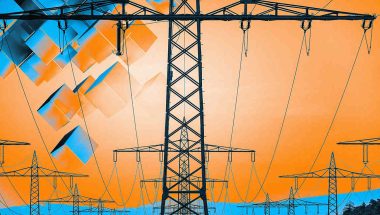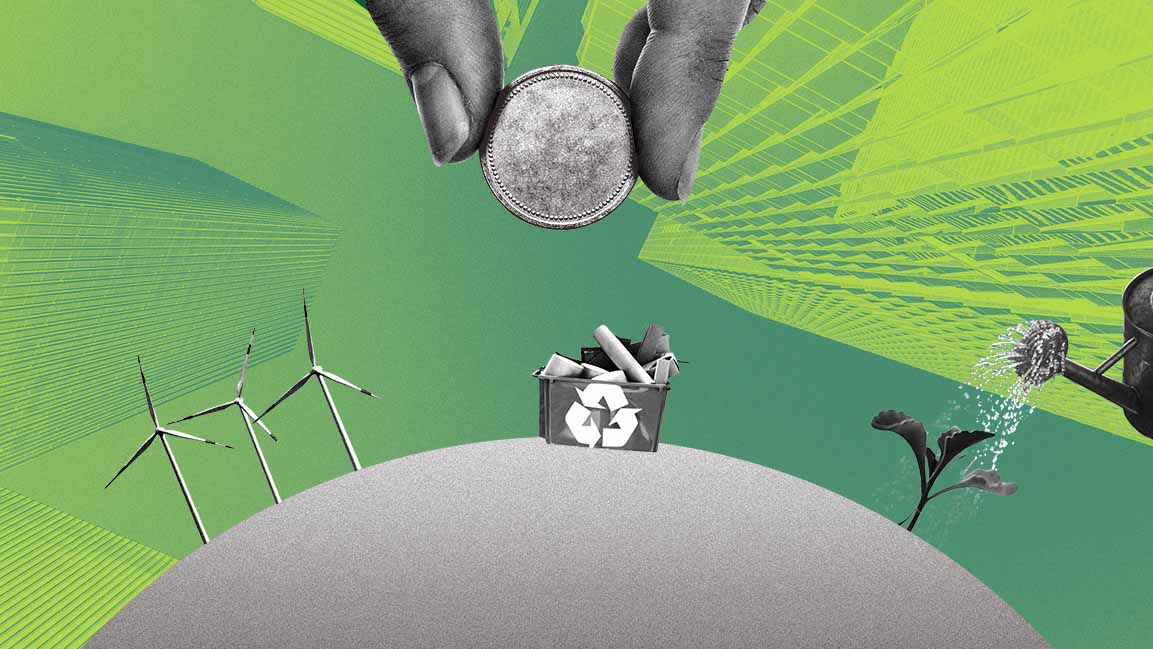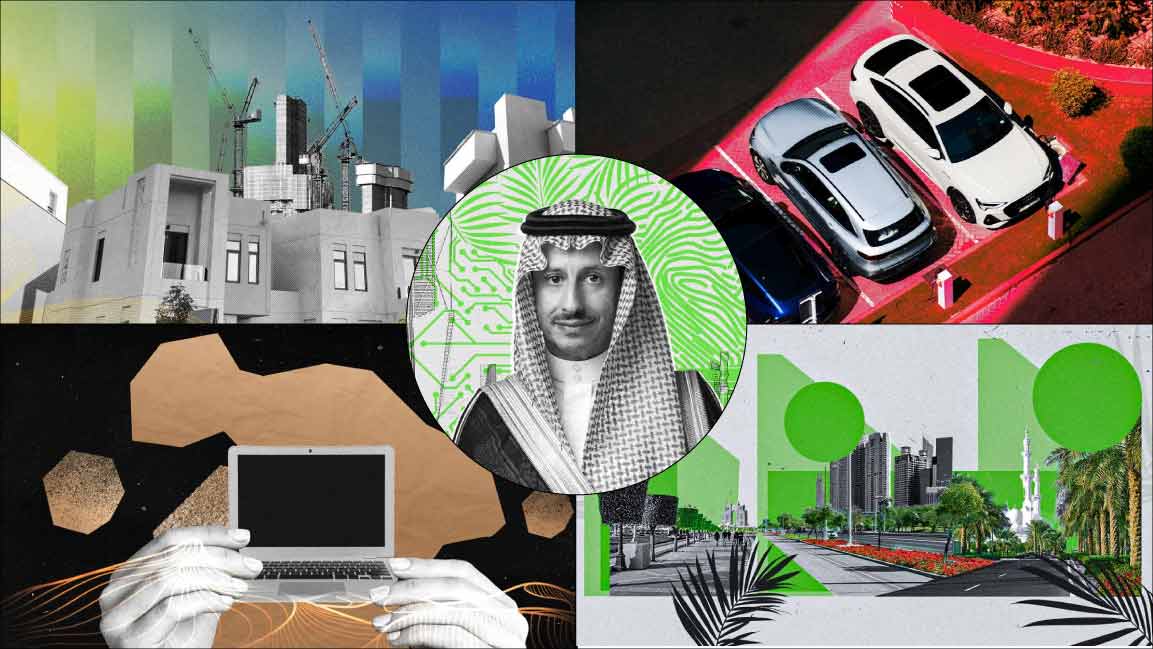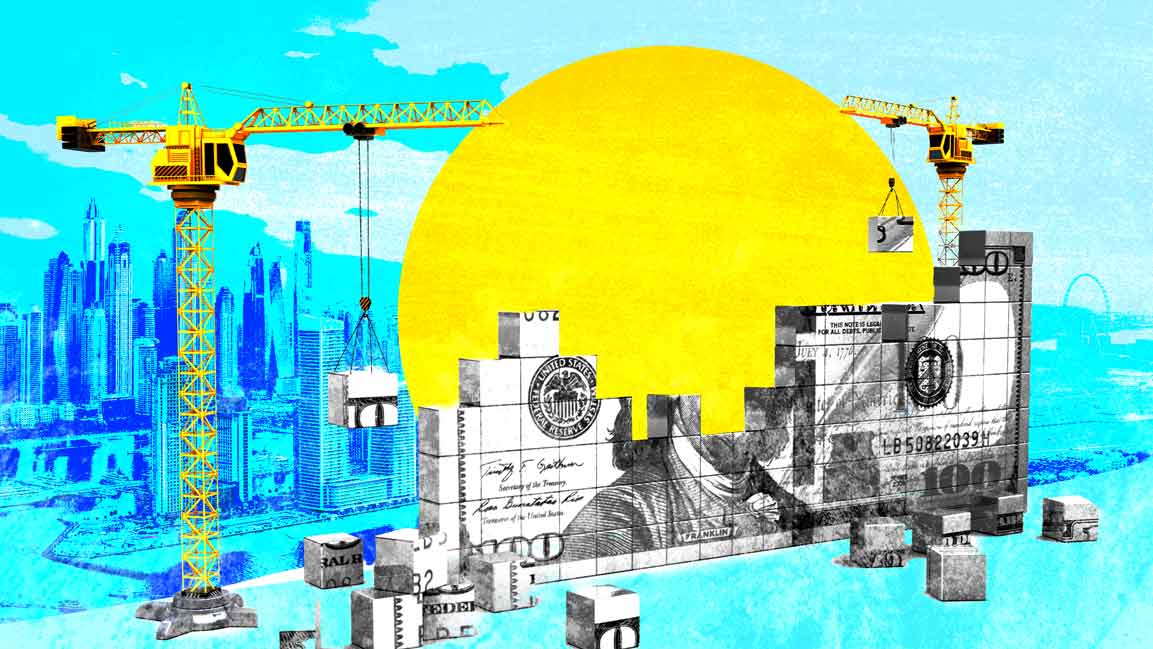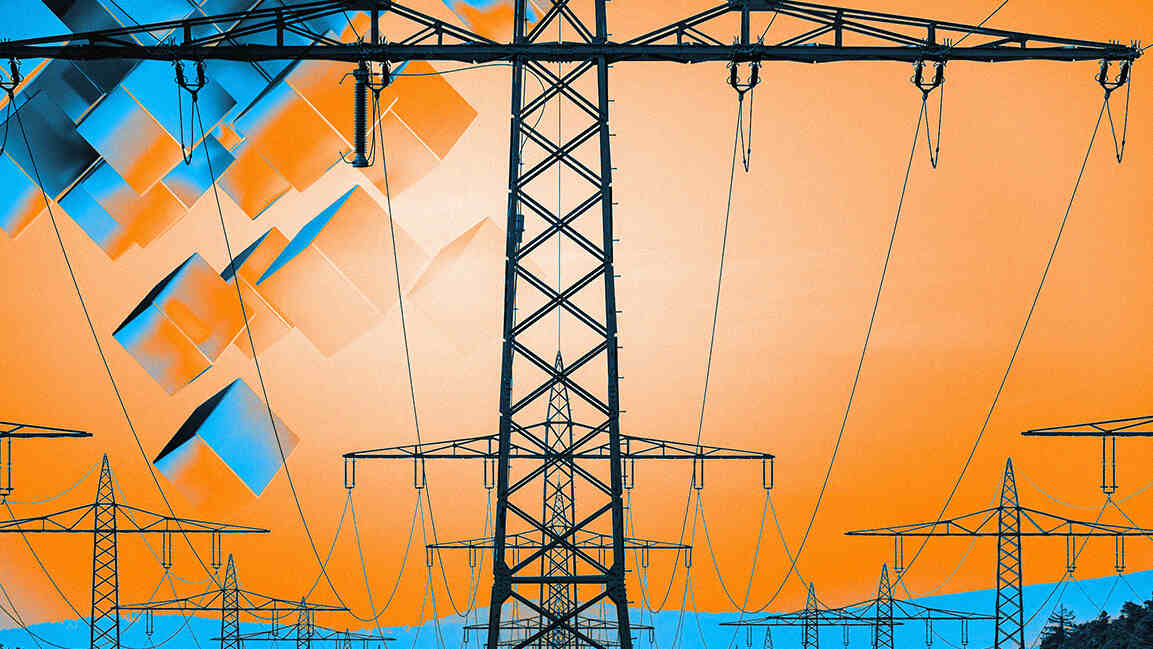- | 9:00 am
Climate change is now impacting education in the MENA region. So what can we do?
Experts cite regional collaboration in sharing resources and strategies, developing sustainable school infrastructure, integrating disaster preparedness into curricula, and innovation in educational practices as essential

Climate change is closing schools worldwide for days, sometimes weeks at a time, and threatening to undermine children’s education.
In 2024, the schooling of about a quarter of a million students was disrupted by extreme climate events, including heatwaves, floods, and droughts, exacerbating an existing learning crisis, according to UNICEF.
Also, in parts of Asia and North Africa, nearly 40 million students missed classes as heatwaves forced school closures.
Periods of excessive heat already prevent students from attending school in Iraq, Sudan, and Yemen, as do increasingly more common sandstorms, like those in the GCC countries. Last year, in the UAE, Saudi Arabia, and Oman, torrential rains and severe floods disrupted schooling.
“According to UNICEF, 82 million children in MENA already face unacceptable climate risks affecting education quality and access. We have had floods in Libya, Yemen, Tunisia and the UAE; 50°C heat in Saudi Arabia, Iran, Pakistan and Kuwait, and toxic dust storms throughout the region,” says Rebecca Keogh, Universities Climate Network (UCN) Youth Pillar Co-Lead, University of Birmingham Dubai.
LEARNING INTERRUPTED
They still represent a small share of total school days, though one estimate suggests that the numbers are increasing quickly, from about three days a year a few years ago to double that number now, with many more expected by midcentury.
“ The MENA region is warming at twice the global average rate, with projections indicating a 4°C rise by 2100,” says Tatiana Antonelli Abella, Founder of Goumbook and a climate action advocate.
In the next 5–10 years, she adds, countries with weak infrastructure, especially in conflict-affected areas within the region, are at a higher risk of frequent school disruptions due to floods, heatwaves, sandstorms, and displacement.
“Already, millions of children are missing out on education because schools are damaged, transport is unsafe, or families are on the move due to climate-related crises.”
Children today are living through many more hotter days in their lifetimes than their grandparents, according to data by UNICEF.
Heat could exacerbate inequalities, widening learning gaps between rich and poor districts in wealthy countries. Sending children to overheated schools could make them ill. High temperatures slow down the brain’s cognitive functions, lowering pupils’ ability to retain and process information.
A 2020 US study published in the American Economic Journal found that high schoolers performed worse on standardized tests if exposed to higher temperatures in the year before the exam. The research found that a 0.55C (1F) warmer school year reduced that year’s learning by 1%.
In China, hotter day-of-test temperatures were associated with a drop in exam performance. Studies also show that raised temperatures affect learning over more extended periods.
Most schools in the MENA region have at least partial air conditioning, but schools without it are often found in poorer districts that already trail their wealthier counterparts academically.
All of this is worrying.
For the education sector, according to Vishal Agrawal, Professor of Operations Management at Georgetown University’s McDonough School of Business, climate risks could be quite a serious problem. “Not just in terms of access and ease of travel/transportation for students and teachers to reach their schools, but also regarding the resiliency of school facilities and buildings. Apart from disrupting children’s continuity of learning, it could also have a significant economic impact on the education sector.”
With so much focus on children—the ones who will have to live with the coming ecological disaster—the role of education is key. However, the basics, such as incorporating climate change into school lesson plans across all grades and subject matters, are still on the drawing board.
“These climate challenges, even if not directly impacting schools, can affect career development and lifelong learning through reduced job prospects and increased resource competition. It’s crucial to engage and empower young people with knowledge about climate change,” says Julia Marsh, David & Molly Pyott Senior Associate Dean, Innovation and Transformation at London Business School.
COLLABORATION AND CLIMATE-SMART LEARNING FACILITIES
Rising temperatures, floods, and other climate hazards can damage school infrastructure and supplies.
A UNICEF report notes that schools and education systems globally are largely ill-equipped to protect students from these impacts. Climate-centered finance investments in education remain strikingly low, and global data on school disruptions due to climate hazards is limited.
Pupils see scenes of biblical devastation on the news, but climate-proofing education, which means, in practical terms, reviewing existing infrastructure to ensure that it is safe, should serious weather hit and having a school disaster risk management plan in place, is not paid attention to.
Across the region, most governments don’t have concrete action plans to invest in disaster-resilient and climate-smart learning facilities for safer learning.
Disaster-resilient, climate-smart learning facilities are critical not only for the continuity of learning but also to drive the transformational change we need, says Keogh. “Youth must be empowered to come up with creative solutions to address the polycrisis that they will inherit in ways that are relevant to their local context.”
While some progress is visible, such as Morocco’s rural solar schools and the UAE’s green infrastructure plans, less than 20% of national adaptation plans in the MENA region include education infrastructure, says Abella. “Most ministries of education are under-resourced and lack the tools to retrofit vulnerable schools or design systems that can operate during crises.”
The governments in the UAE, Qatar, Jordan, Morocco, Saudi Arabia, and Tunisia have been progressively integrating environmental sustainability into national policies and strategic development plans, including higher education, says Keogh. “Though education for sustainable development exists, progress has been slow…A green skills gap persists across the region, including the UAE.”
The solution, experts say, lies in cross-sector collaboration, where governments, private sector, civil society and local communities co-develop resilient learning environments that serve as hubs for both education and community safety.
Marsh says that regional collaboration among MENA countries is vital to sharing resources and strategies and forming a unified front against climate hazards.
“Partnering with global organizations can provide funding and expertise for climate-resilient education initiatives, such as developing sustainable school infrastructure and integrating disaster preparedness into curricula.”
“Innovation in educational practices, such as integrating technology and climate science, is also important, creating adaptive learning environments. This prepares students to tackle immediate and long-term climate impacts, fostering a generation of informed leaders ready to drive climate action,” adds Marsh.
Education is one of the services most frequently disrupted due to climate hazards. Yet, it is often overlooked in policy discussions.
Experts say a better general understanding of climate change and an awareness of its impact will allow policymakers to better climate-proof education systems.
This includes incorporating features more adapted to the region’s evolving climate, such as buildings that are more energy efficient, rely on the abundant regional potential of solar power, capture rainwater for reuse, and so on. In these ways, the physical infrastructure of education systems would become more climate-resilient.
Beyond ensuring safer and continued learning, climate-smart learning facilities are crucial to ensuring future educational progress, says Agrawal. “This would translate directly to the student’s future employment and professional skills development.”
EQUITABLE OUTCOMES
Accelerating financing to improve climate resiliency in the education sector, investing in proven and promising solutions, and integrating climate change education are crucial to achieving equitable outcomes in education.
Climate change affects communities and individuals asymmetrically, says Agrawal. “The disruption to access to education will be disproportionately felt by individuals and communities with lower access to transportation and financial resources.”
Climate change is a multiplier of inequality, says Abella. “Girls, children with disabilities, refugees, and youth in informal settlements face the highest dropout risks when extreme weather or climate stressors hit. For example, in climate-affected areas, adolescent girls drop out at twice the rate of boys due to increased caregiving burdens and safety concerns.”
Moreover, only 40% of children in MENA have consistent access to digital learning, which exacerbates inequities when schools close.
“Without inclusive design, adaptive systems, and targeted support,” Abella adds, “the MENA region will lose a generation to the compounding climate change and education crises.”
Agrawal adds that it is crucial to make investments and efforts targeting the lower end. “This would help manage disparities and lead to better outcomes.”
Climate shocks on schooling matter because of the enormous progress made in education in recent decades. School enrollment has grown sharply, and literacy rates have improved as well. That progress will stagnate if climate change adaptation is not addressed.









